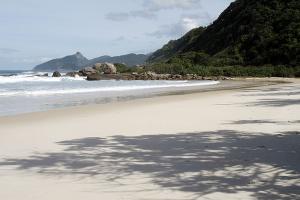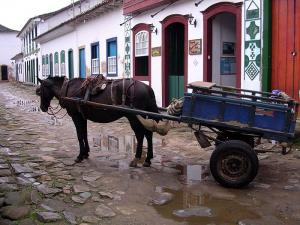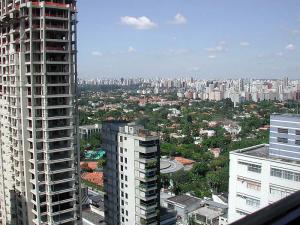The city of Rio de Janeiro has captured most of Brazil’s glory through the decades, but the state of which it is the capital has many attractions of its own - an exciting contrast of forested mountains and sun-drenched beaches, all within a few hours of the city.

Rio de Janeiro
While Brasilia is the official capital, and is fascinating for anyone with an interest in modern architecture, Brazil’s spiritual capital is Rio de Janeiro, with surely one of the most beautiful settings in the world. The Corcovado and Sugar Loaf mountains overshadow the city and the beaches include famous Copacabana and fashionable Ipanema. Tourists flock here in February or March for the annual Carnival, probably the most spectacular in the world.

Búzios
Just north of Rio is the fashionable, international beach resort of Armaçao de Búzios, 27 sandy coves spread around a peninsula. Búzios itself was brought to fame by the French actress Brigitte Bardot and has a vibrant nightlife with excellent bars and restaurants.

Petropolis
Petrópolis, in the hills above Rio, is an imperial city made famous by Emperor Dom Pedro II. Although close enough for a day trip from Rio, its simple charm makes it perfect to spend a few nights away from the hustle and bustle of the city.

Angra and Ilha Grande
The coastal route between Rio and São Paulo, a drive of 375 miles (600km) along stunning stretches of coastline where lush Atlantic rainforest tumbles onto golden beaches, is an attraction in its own right. The Costa Verde, or Green Coast, includes Angra dos Reis, its largest city with hundreds of tropical islands in a myriad of inlets, coves and waterways.

Paraty
250km south-west of Rio (and a similar distance north-east of São Paulo) is the 17th century colonial port of Paraty, whose cobbled centre has been declared a national historic monument. In and around the town are some lovely art galleries, craft shops, pousadas and private villas.

São Paulo
São Paulo, Brazil’s largest city as well as one of the largest cities in the world, is home to almost 11 percent of Brazil’s population and more ethnic communities than any other city in the region. It has some interesting markets (such as the Hippie Market in the Praça da República) and a snake farm at Butantã, where much of the world’s serum used to be produced.

 Rio and surrounding coast
Rio and surrounding coast